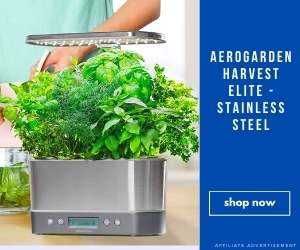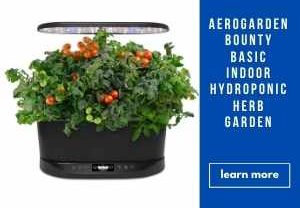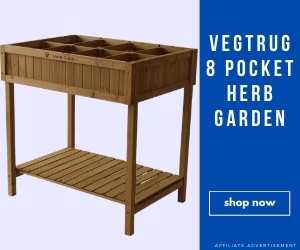Growing herbs indoors is an awesome idea to get a whole year’s supply of fresh herbs. We all know that the herbs of the supermarket are not fresh and they may spend a lot of time in the refrigerator or traveling, which can be a cause of losing nutrients and vitamins.
That is why we are going to grow our own herbs indoor. As a beginner, indoor gardening can be a little hard for you. Keep reading to find out all the struggles you will face during growing herbs indoor with the answers to those struggles.
1: Seeds vs Seedlings:
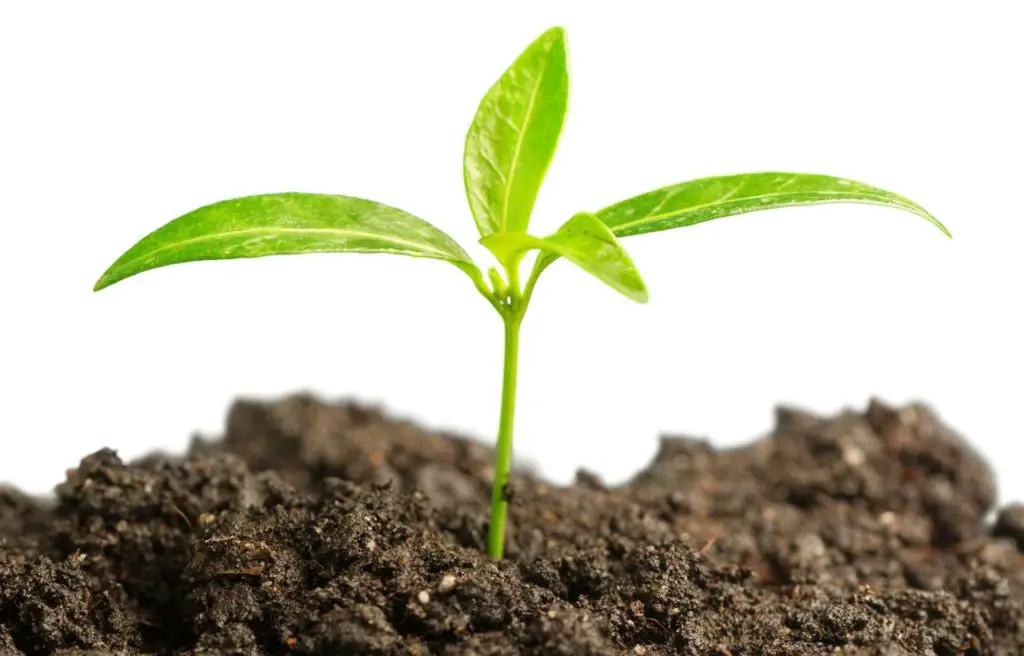
If you are a beginner, I recommend you to go with seedlings. Because seeds can take up to weeks before you can plant them in bigger pots. If you start with seedlings, it will give you a heads up of weeks. Plus growing herbs from seeds can be tough.
Seedlings can encourage you to grow more and more. You can find seedlings of herbs from a nursery or seed store. If they don’t have, you can find seedlings from supermarkets. Just find rooted herbs.
The only problem with the seedlings is, there are not many varieties of herbs you can find in nursery or seed store. But if you want to experiment with different varieties of herbs, go with seeds.
Here is a chart that will tell you the germination time of herb’s seeds, if you need to cover the seeds or not with a layer of soil, the best temperature for seeds to germinate and a tip to grow seed.
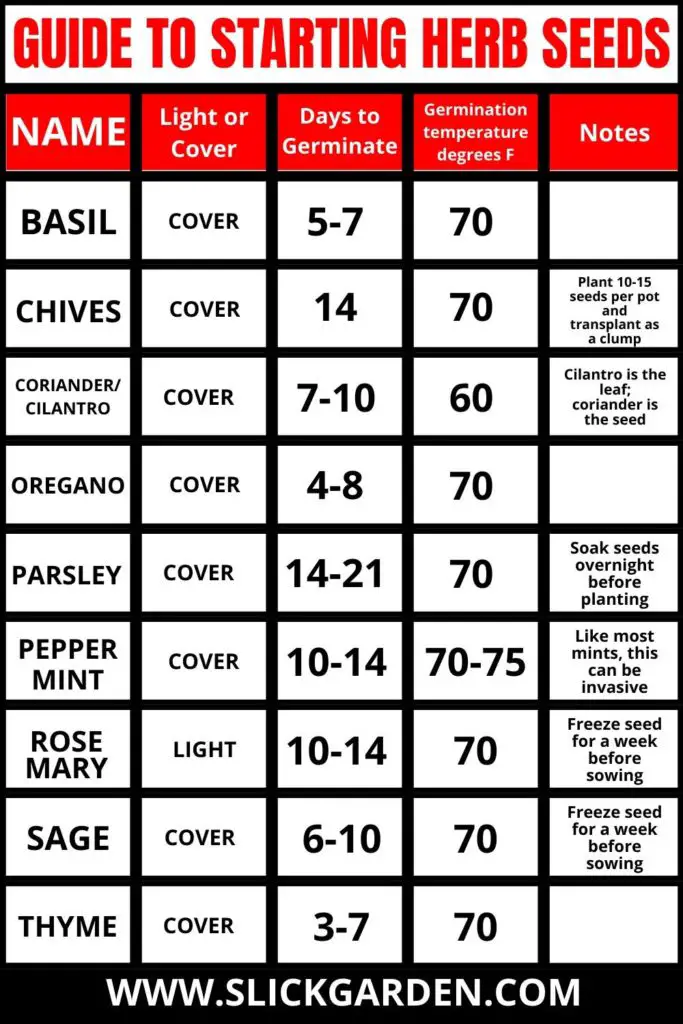
2: Lighting:
This one is the most important thing you need to take care, for your indoor herb garden. Because if they don’t get enough light, they will not look nice, they will not produce enough yield for you or they will probably die. So you have to be extremely mindful about lightening’s need for herbs.
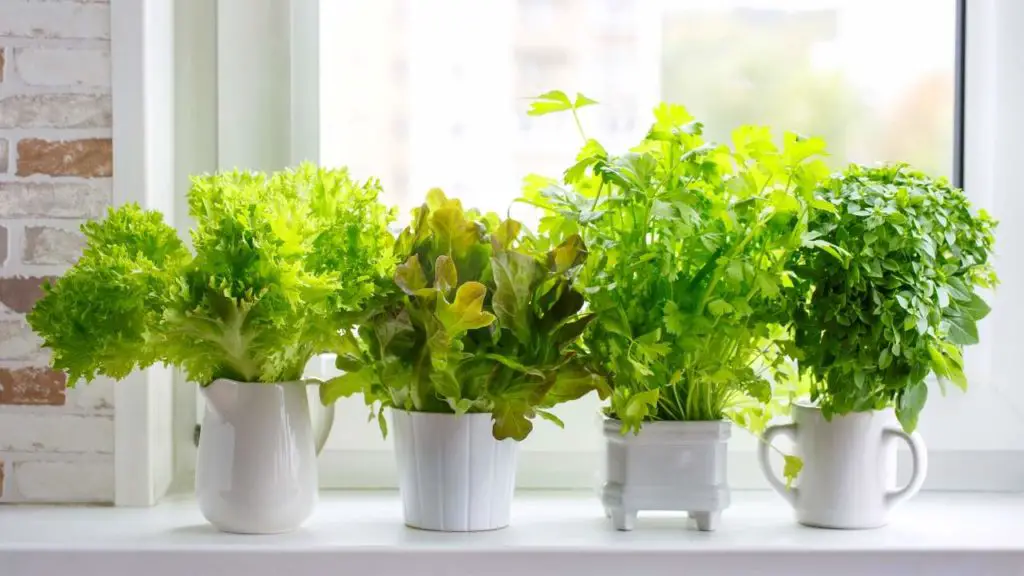
Most of the herbs need full sun, which typically means 6 to 8 hours of sunlight. If you have a south and southwestern facing window at your home, you can easily provide full sun to your herbs. If not, you can provide supplement light using LED grow lights.
LED grow lights are an awesome and excellent choice for your herb garden. You can even grow your herbs inside your kitchen using these grow lights. There are some smart grow systems are available in the market, that needs no sunlight to grow the whole year’s supply of herbs.
Some of these are hydroponics and don’t even need soil to grow herbs. They are an amazing choice if you packed home with no sunlight.
3: Watering Needs:
I can tell you that you need water each herb plant this time, this much and this way. But that would be wrong. Because watering needs totally depend on the area where you live, what time of year it is, what type of plant it is and the stage of the plant.
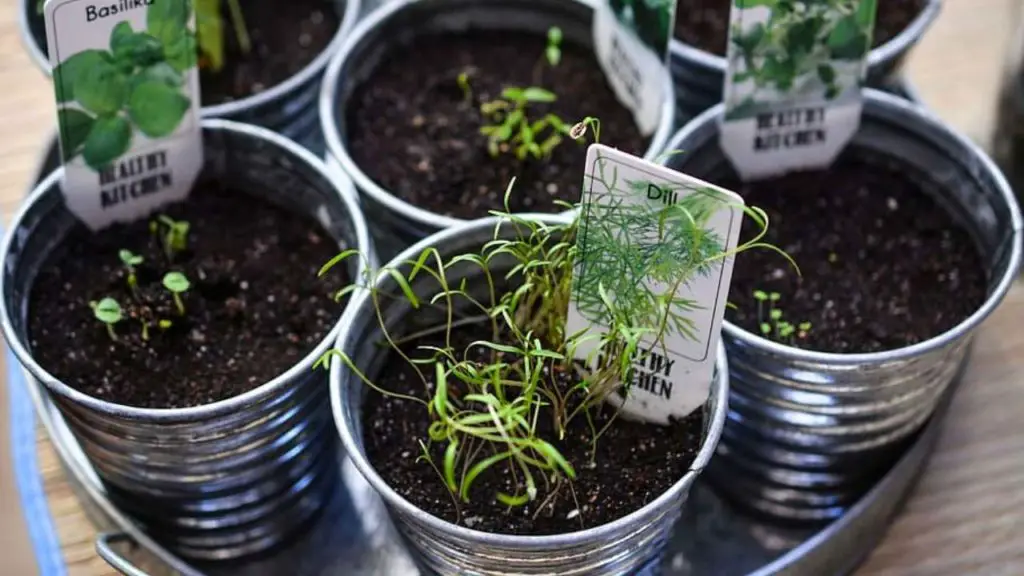
By the area I mean, some areas are very dry and have low moisture levels in the air. Plants of herbs need more water in these conditions. In the areas with high humidity, herbs need little water.
In summer with full sun, plants need more water. But in winter most of the plants go in the dormant phase and produce little yield unless you provide supplement lights. In the dormant phase, plants need very little water.
Some of the herbs need more water than other herbs, like rosemary herb love dry soil. At the seedling stage, herbs need more moisture levels in the soil.
The best method to check if your plant needs water is to use the finger method. Stick your finger in soil about 2 inches, if it feels dry, water your herbs. You need to master your herbs in terms of watering needs. There is no guide that is 100% right.
4: Selection Of Container:
It is not just herb, every plant needs drainage for best growth. So always choose a container with a drainage hole or your plant can have fungal problems. You can pick a medium-size pot with a drainage hole.
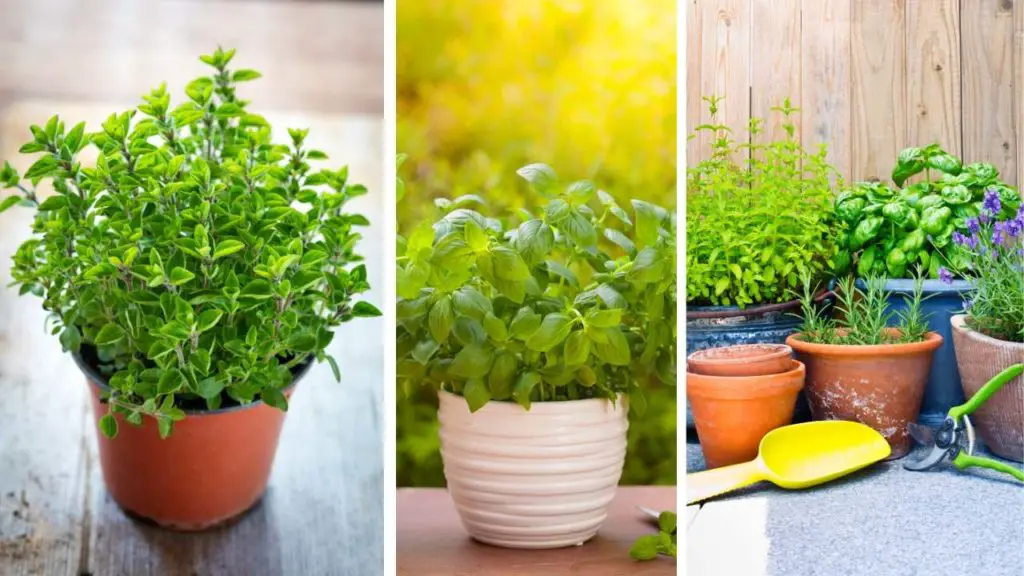
Grow bags are also a great choice for an indoor herb garden. They are great for drainage of water and air circulation between roots and the environment. Air circulation is also very necessary for the health of plants.
You can do the following things for air circulation:
- Pick a location near the window, where air can easily circulate.
- Use a fan to circulate the air.
- If you are using a tray to hold all your pots, fill the tray with pebbles, that can also help you with the air circulation of soil. This is also great for the drainage of the soil.
- Grow bags have hundreds of little holes. These holes are great for air circulation.
Also Read: 15 Indoor Herb Container Garden Ideas
5: Selection Of Soil:
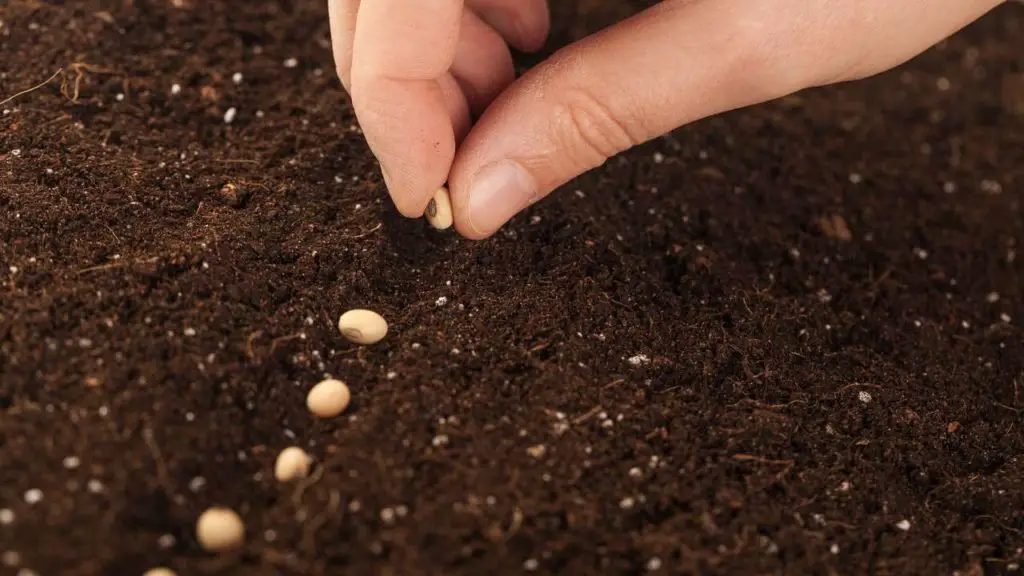
You cannot use the topsoil of your garden for indoor gardening. Topsoil doesn’t have enough nutrients and drainage to grow herbs. You will need a potting mix for your herb garden.
If you are growing herbs from seeds, you will need multipurpose compost for growing seeds and then potting soil for the adult plants.
6: Temperature:
Most of the herbs love the temperature we love. The only thing you need to be careful about is to change the location of herb’s pots at night from windows. Because the temperature near the window is a little bit cold at night.
If you are using LED grow lights, you don’t have to worry about temperature. Just use the recommended hours of grow lights.
Also Read: An Ultimate Guide to the Best LED Grow Lights for Indoor Plants
7: Feed Your Herbs:
Potting soil is filled with nutrients plants need. But you will need some kind of fertilizer at a stage. The best choice is liquid all-purpose plant food. Use this fertilizer once or twice a month. Do not overfeed them. Click here to buy on amazon.
8: Insect Problems:
This one is not that a big problem for indoor gardeners. The only insect that you can face is an aphid, and the great thing is aphids are very easy to get rid of. Just give a cold shower to your herb or spray water on the plant.
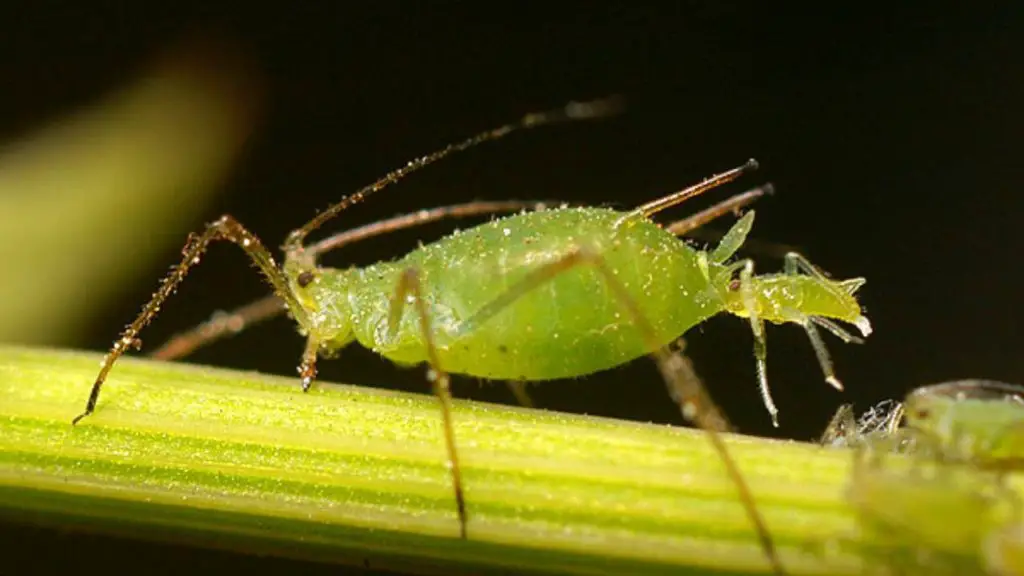
You can also use an organic insecticide to get rid of the aphid. Here are a few tips for you to get rid of insect and disease problems.
- Always change the potting soil of your container before planting new herbs.
- Do not overwater your plants. It can cause fungal infections.
- Water your plants early in the morning. Water the soil, not the leaves of plants.
- If you encounter any problem, take a picture and go to a nearby nursery to get some suggestions.
Also Read:
- How To Build An Outdoor Herb Garden
- Top 6 Microgreens You Must Grow In Your Kitchen Garden
- Everything You Need To Know About Growing Tomatoes In Grow Bags
Please share it with your friends and family.

